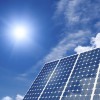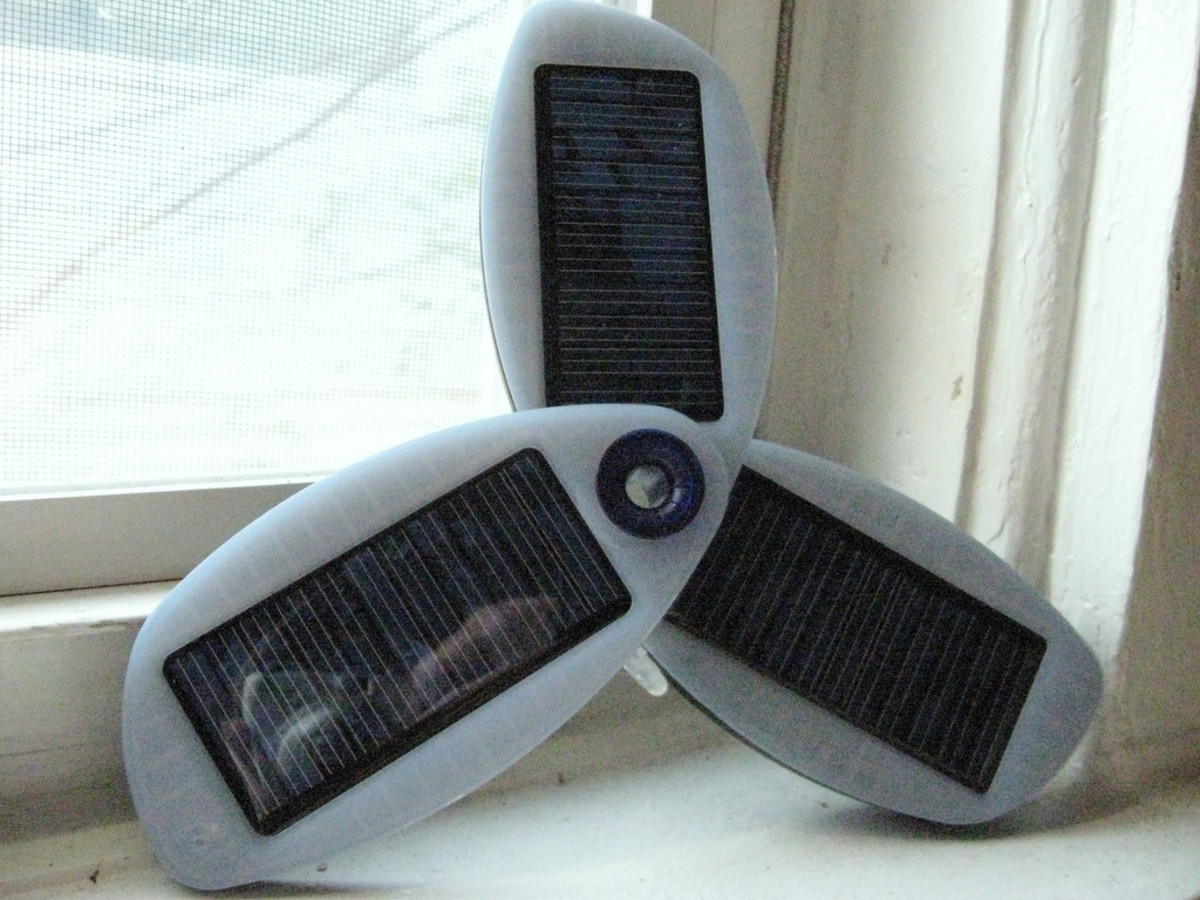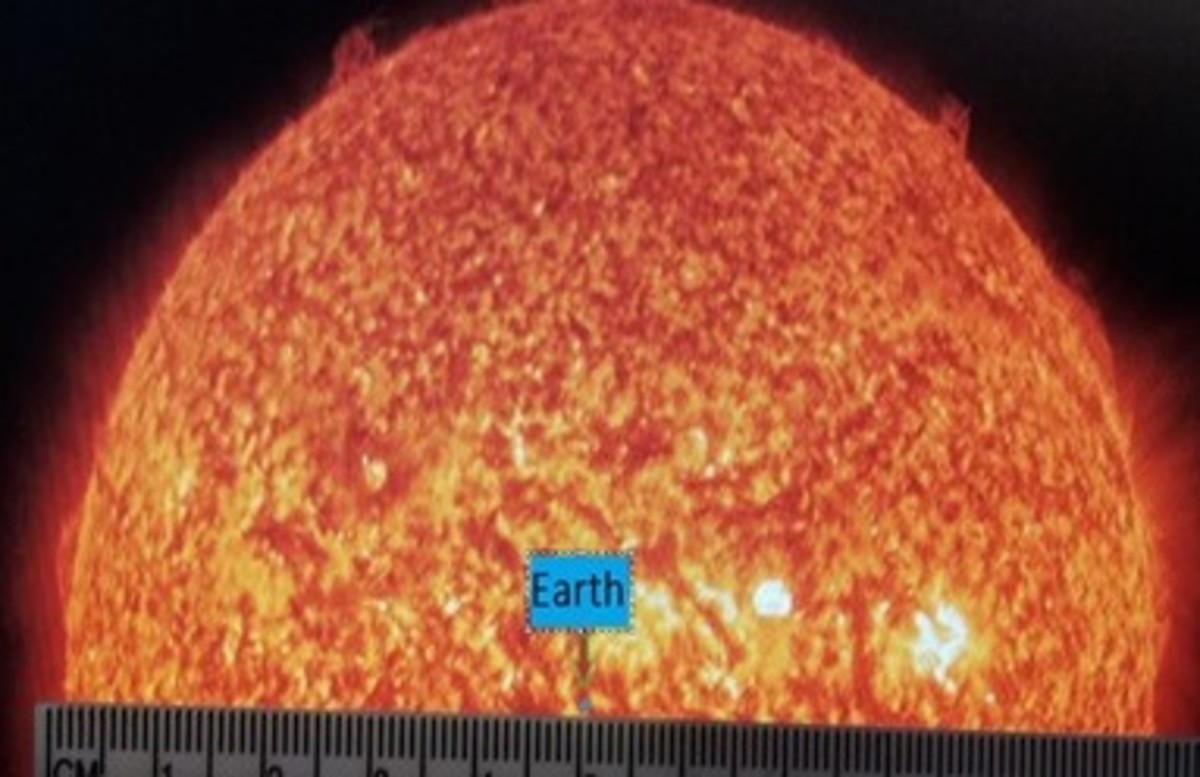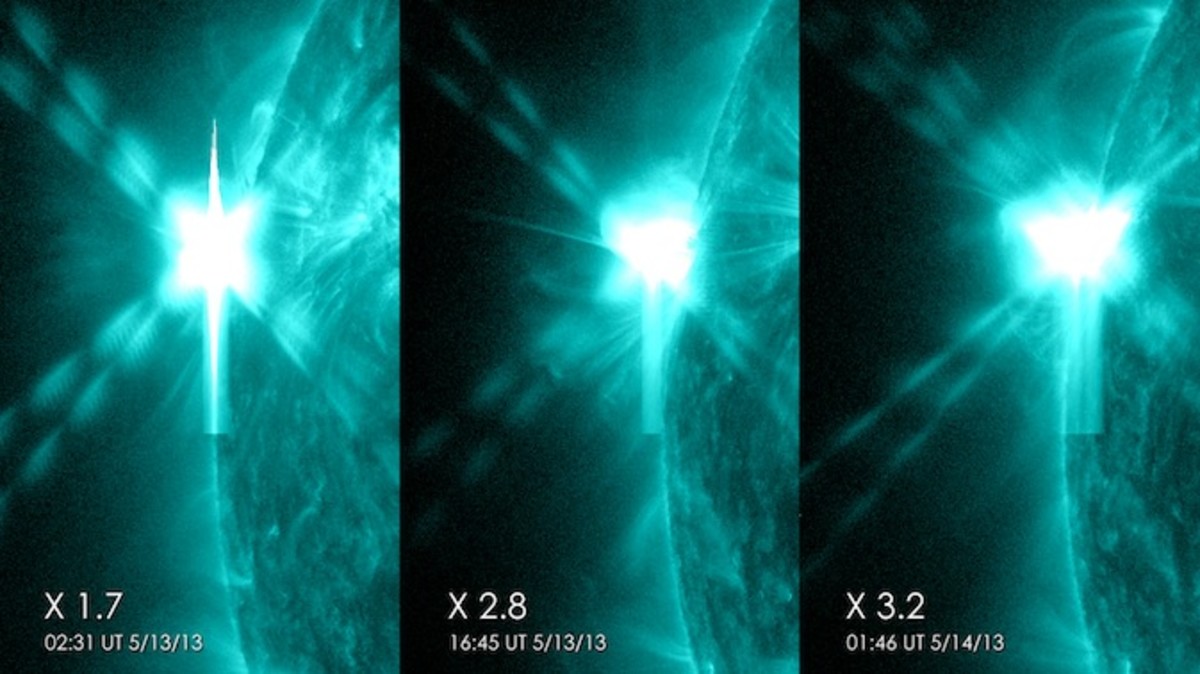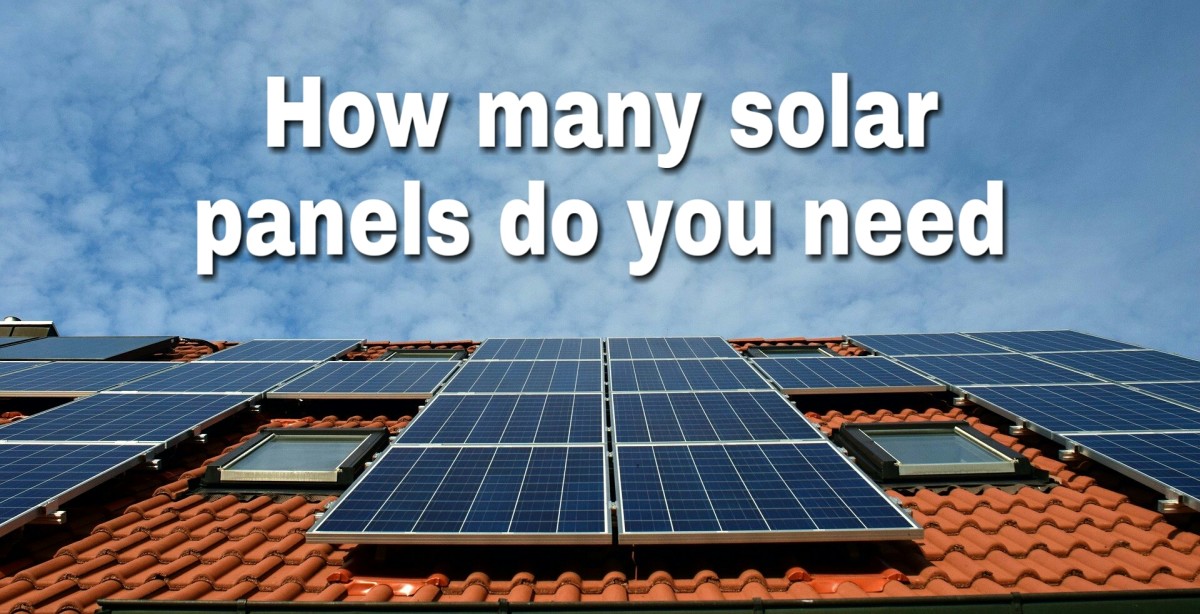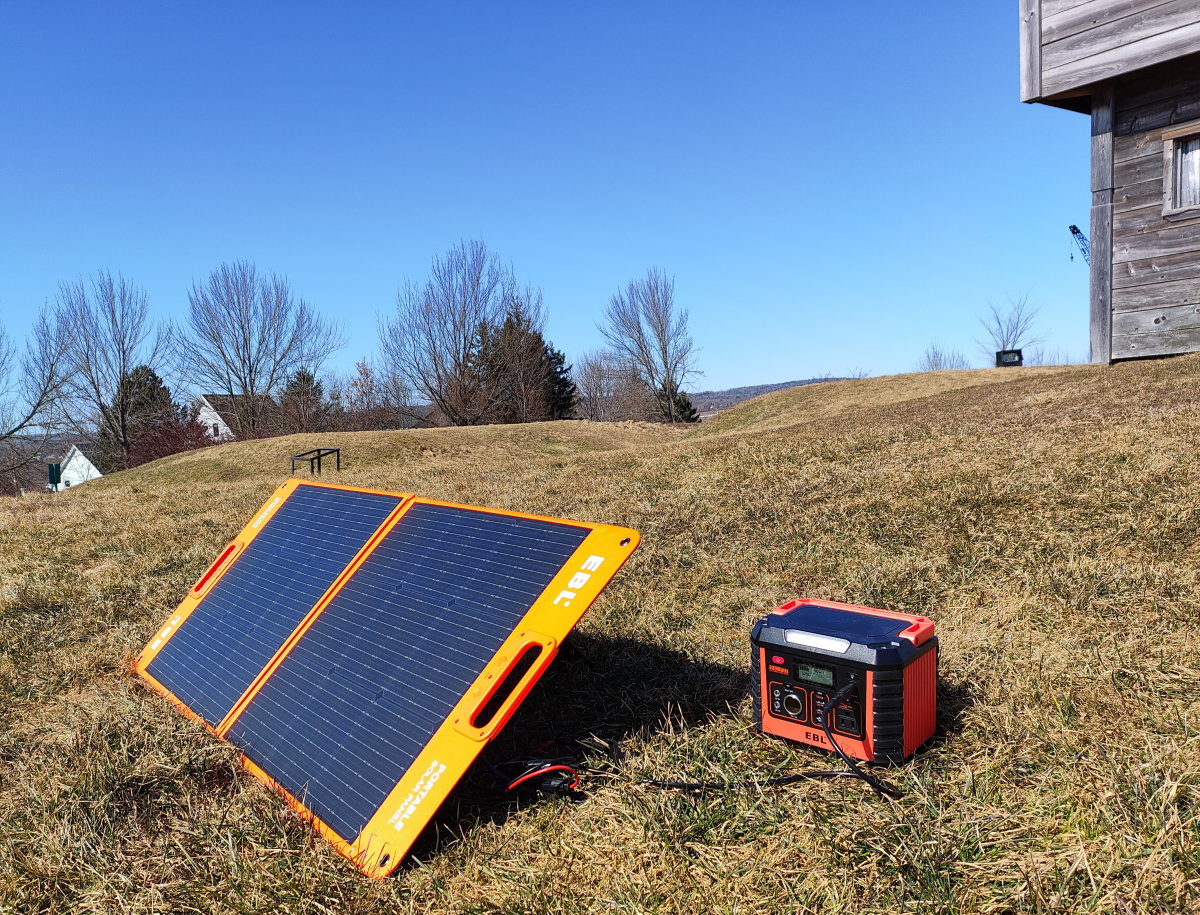Solar Flares and How Solar Energy May Protect Us
Rarely talked about, although a problem that would affect us more today than it ever has, are solar flares. As a basic explanation, solar flares are a forceful ejection of energy from the sun, sending a blinding pillar of light surging across space in a random direction. These flares happen daily, though taking into account the endless expanse of space, the Earth is rarely even close to being a target. Sometimes, however, these blasts of energy head right towards our planet, coming into contact with our magnetic field. Thankfully, the magnetism of our planet alongside the protection of our atmosphere keeps us safe and largely unaffected, sending the energy around the planet to continue on its way past us. When this happens, the energy sent out may at times tamper with our electrical currents here on Earth. Communication could be scrambled for a bit, or power might go down in some places. Most of the time, this is quickly recovered from. Take, for example, a 1989 solar flare that knocked out power in Quebec. This was approximated to affect around six million people, lasting only nine hours. Most people can go a day or two without power, even lacking preparation time. This sort of thing would commonly just be viewed as more of an inconvenience, rather than a critical scenario for survival. What poses a bit more of a problem for us, though, are CMEs.
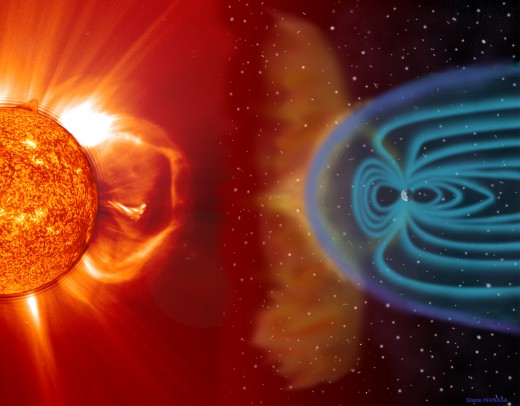
Coronal Mass Ejections & The 1859 Carrington Event
CMEs, or Coronal Mass Ejections, can be simply described as more intense versions of regular solar flares. Instead of expelling only energy and light, CMEs discharge a blast of plasma and matter from the sun in the same way that a solar flare does. Just like solar flares, these happen often, and are rarely targeted towards the Earth. Unfortunately though, CMEs have much more devastating consequences when coming into contact with our planet. Because of their force, added speed, and pressure, CMEs tend to penetrate the Earth's magnetic field, sending overwhelming electromagnetic signals into our electric grids and forcing them to malfunction. Depending on the size of the CME, it could absolutely fry electrical systems around the world, resulting in a planet-wide loss of power. To make matters worse, satellites floating in orbit are at the highest risk from these solar storms, and will almost certainly be hit the hardest. Many things in our modern society rely on satellites, such as GPS, phones, and credit card transactions, which would all be rendered defunct should a CME strike the Earth. This isn't something that could be simply fixed or turned back on, either, as anything carrying an electrical current at that moment will be absolutely destroyed, requiring a complete replacement. In 1859, for example, two back-to-back CMEs rocketed directly towards Earth. At the time, our electrical technology was still in its infancy, but even so, our telegraphs ceased to function, some even exploding when the operators attempted to use them. This occurrence became known as the Carrington Event, and although it didn't cause too much trouble for people back then, a CME of that scale today would completely destroy modern society as we know it. It's approximated that it would take seven to ten years to repair all of the damages caused to our electrical grids. Seven to ten years that we would have to live completely without power.
What's The Plan?
Thankfully, the solution to this is actually relatively simple. As it has been put aptly by the experts, scientists constantly "have their fingers on the pulse of the sun." There is never a time where the sun will catch us off guard, and due to constant monitoring, we will always know when we are in danger of a solar flare or CME. If a piece of electrical equipment does not have an active electrical charge flowing through it at the moment of a CME's impact, it will likely not be harmed by it. This is because CMEs and solar flares only affect electrical currents. As such, because we know when a solar storm will reach Earth, we're able to temporarily shut off our electrical grid. Doing this would save our transformers and a large bulk of our grid. There's no guarantee that this will save everything, though, and it will likely still take multiple weeks before we're able to have power up and running again, but it's a much better blow to suffer than several years. Several weeks is still a pretty long time to be without power, though, and many people would likely need help to survive. If you're unprepared, it could be a struggle to get through that time if something like this did happen. So, what can you do to prepare yourself and your family for a potential solar flare event?
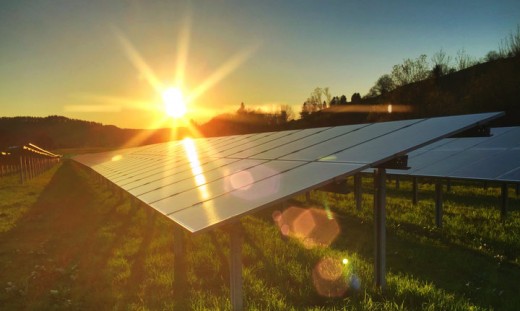
Using The Sun To Survive Itself
Because solar panels are simply a means to harvest sunlight, they will be completely unharmed by any CMEs or solar flare events. Even after a devastating CME with the power to wipe out electrical grids across the world, solar panels will be left entirely unscathed. It's because of this that solar energy is becoming increasingly popular in the minds of people looking to secure their future and produce their own safe power. One of the only things solar energy producers need to be wary of are their inverters; those are still susceptible to being destroyed by a CME, so spare inverters are a necessity. With the right precautions, owners of a solar system will be able to live life almost completely normally during a CME-induced power outage, with access to resources like a refrigerator, air conditioning, and anything else that may take electricity to run. In a situation where many people will be without power for multiple weeks, this could quite literally be a lifesaver. Solar energy's use and popularity around the world is already rapidly growing, even without the looming threat of a potential worldwide power-outage. With the ability to continue producing even through a solar storm, it's not hard to see why many are relying on solar as the future of energy production. Although these solar flares are able to be seen and warned about hours in advance, they aren't predictable like the weather, so it's always best to be prepared as soon as possible. The most important thing is to always have a plan, and with solar, you'll always have a reliable backbone to support you and your family.
